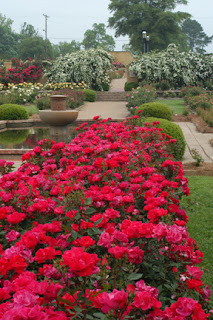Hosta, Plantain Lily
Hostas are native to China and Japan they love cool, moist, mountainous, woodland areas, they have been extensively hybridized and are great additions to your shade gardens. Hostas are grown for the leaf color, shape and texture and not so much for the flowers which are usually white tinged with lavender. Hostas are prized for the extensive selection of colors, sizes, and as sculptural elements in woodland gardens and containers. Hostas will reach full maturity in 4 to 8 years and the size of the plant depends on the cultivar chosen, of which there are many. Not only do humans like this beautiful shade lover..... even more so.... deer, rabbits, snails and slugs love to munch down on these tender beauties. The hosta becomes dormant in the winter--- dies back to the ground and then comes back with a vigor in the springtime. Give these a try in the listed areas you will not be disappointed.
Just FYI hostas are in the same family as the agave, yucca, nolina, and hesperaloe....very interesting. They were once classified in the Liliaceae but are now included in the Agavaceae by the Angiosperm Phylogeny Group, although some taxonomists place the Hostas in their own family: Hostaceae. You just gotta love those taxonomists, as if the plant names were not hard enough to remember already.....:>) (Just kidding guys, you are doing a great job classifying and naming and renaming...well you get the idea)
Plant Type: perennial
Plant Habit or Form: spreading / clumping
Plant Use: beds, borders, containers
Propagation: division
Light Requirement: medium low
Flower Color: lavender, white
Blooming Period: summer
Height: 2 ft +
Width: 2 ft +
Foliage Texture: coarse
Heat Tolerance: medium
Water Requirements: medium Additional Comments: Remove spent flower stems. Feed annually. Watch for slugs and snails.
 |
| Good Example of a Woodland Garden |
 |
| Massed border including Hostas beautiful!! |

































